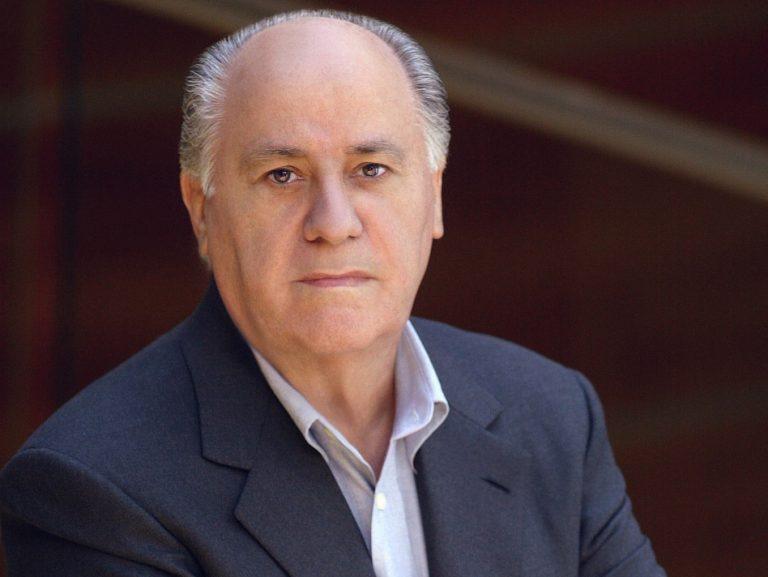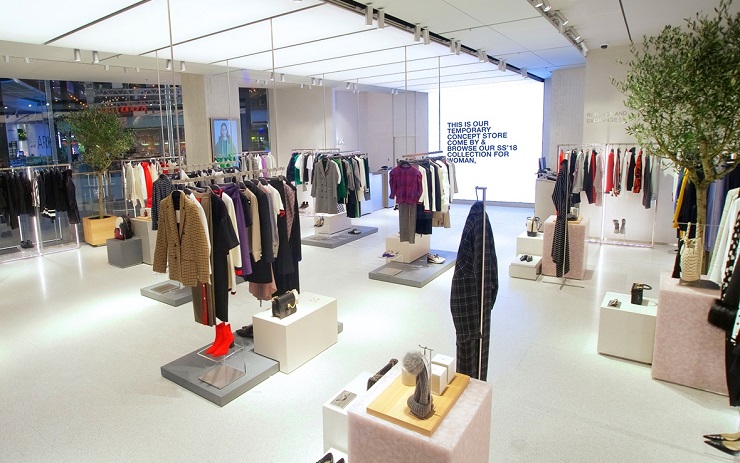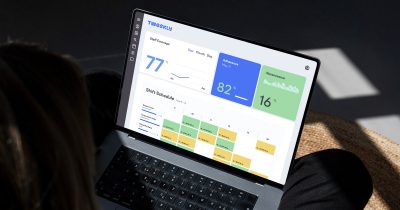
Mobile-First Award 2025: Public voting for the best mobile apps in Ukraine is now open


 29.04.2019 09:00
29.04.2019 09:00A rare insight into the story and business model behind Inditex, the owner of Zara, and its founder Amancio Ortega, the third richest man in the world
A digital mirror that allows you to try on clothes without actually taking them off the shelf sits on one side of the room, next to it is a self-service till where shoppers can pay for their clothing and remove the security tag without a shop assistant. This is the future of retail in front of your eyes.
They stand in a room full of new technology at a large industrial complex in Arteixo, a small town in northern Spain. From the outside, the industrial estate does not appear that different to the standard collection of offices, warehouse and factories typical in the UK. However, it is home to the biggest fashion retailer in the world, a company that has reset the boundaries for what shoppers expect from a high street clothing store.
This is a rare glimpse into the world of Inditex, the owner of Zara – a company that does not advertise, still manufactures products in Europe and relies heavily on its store managers.
Inditex is notoriously guarded and private, a legacy of its founder, Amancio Ortega, who was born in 1936 in northern Spain into humble origins and is today the third richest man in the world.
Ortega and his business partner Rosalia Mera opened their first store in the city of A Coruna, close to Arteixo, in 1975. They wanted to call the shop Zorba, after their favourite film, Zorba the Greek. However, a bar further down the street had adopted the same name, so Ortega and Mera were forced to adapt. Given that the Zorba name was already on the store, they tried to think of a name that would still use most of the letters. They settled on Zara, a brand now present in every corner of the globe.

This flexibility and efficiency has remained at the heart of Inditex, the company built from Zara that now runs 6,500 shops in 88 different countries and includes seven other brands, including Bershka, Pull & Bear, and Massimo Dutti.
The business model built by Ortega is unique. Zara stores around the world receive deliveries twice a week and products designed at the headquarters in Arteixo reach stores three weeks later. This is a staggering pace, helped by the fact that between 51pc and 55pc of clothing is manufactured in what the company describes as “proximity” markets, Spain, Portugal, Turkey and Morocco, instead of Asia.
This model is regularly described as “fast fashion”, but Pablo Isla, chief executive and chairman, insists Inditex is “much more” than that.
“It is too narrow for everything that is Inditex,” he explains. “You see the stores and you can’t imagine what is behind them.” If there is a secret to Inditex’s success it is the connection between stores, the in-house designers, and its factories.
Twice a week, a store manager will send an order to HQ. This is based on the sales data for the store but also anecdotal evidence from shoppers about what they like and don’t like. The commercial team will then compile the order, adding in new products and balancing out demand with other stores, before sending it to Inditex’s manufacturing hub. Within two days, the order has reached the store.
At the same time, the commercial team is a liaising with the in-house designers, who they sit next to in the offices at Inditex HQ. When sales trends are identified – either from evidence in stores or the catwalk – the commercial team will work with the designers to develop new products to meet the trends. New fashions are then produced in relatively small batches, so flops can be disregarded after their first appearance and hits can be followed quickly by similar incarnations.
The commercial and design teams are vast – covering a large proportion of the 1.7m sq ft of offices at Inditex HQ.
The result of this structure is that the product range in Zara stores evolves rapidly. Rather than relying on one product range per season – like Marks & Spencer will for autumn and winter – the retailer will enjoy four or five waves of new products after the initial seasonal launch. A mock high street of Zara stores, built within the headquarters, allows store managers and the commercial team to examine the new ranges.

The influence of the store managers means they are paid more than the average in the industry and can earn 100pc of their salary in bonuses for hitting sales targets. “We are never losing the human touch,” Isla says of their power. “They feel like the owner of the store.”
Every single item of clothing that Zara sells comes through Spain, even if it has been made in China and will ultimately be delivered to a Chinese store. At the vast Arteixo base, home to 6,000 staff from 30 countries, a tunnel network carries a carousel that moves clothing from the on-site factories – which themselves account for 5pc of Zara’s products – to the vast distribution centre. Inside the distribution centre, clothes move along the carousel until they reach their allocated box. This box, earmarked for an individual store, will be packed with different products and reach its destination within 36 to 48 hours.
The flexibility and speed of Inditex has helped the fashion retailer to expand overseas. If clothing is not selling in a particular store, it can quickly adapt. However, Isla says that fashion trends are becoming “more and more global”.
The company is still expanding quickly. In the last few years, like-for-like sales have grown by 17pc and it has opened 11m sq ft of new shop space. Every year, it is opening stores in more than sixty countries.
Isla grow to expand the company’s shop space by eight to 10pc every year for the next three to five years. This includes in the UK, where Inditex has 99 stores and which Isla describes as a “very good environment to do business”. But it also includes China, where Inditex has 450 shops. At the present rate of growth, China could become Inditex’s biggest market ahead of Spain within a few years. “It could be the case, why not,” Isla says.
This highlights how far Inditex has come from its first store in A Coruna, which still exists on a street corner next door to a dentist. However, the company’s methods have remained the same. This is encapsulated by Ortega himself, who still owns roughly 60pc of Inditex. At 78 he has stepped into a non-executive position on the board, but has lunch in the staff cafeteria every day.
From: The Telegraph
Read more –
Infographics: 20 new brands that entered the Ukrainian market in 2018th





